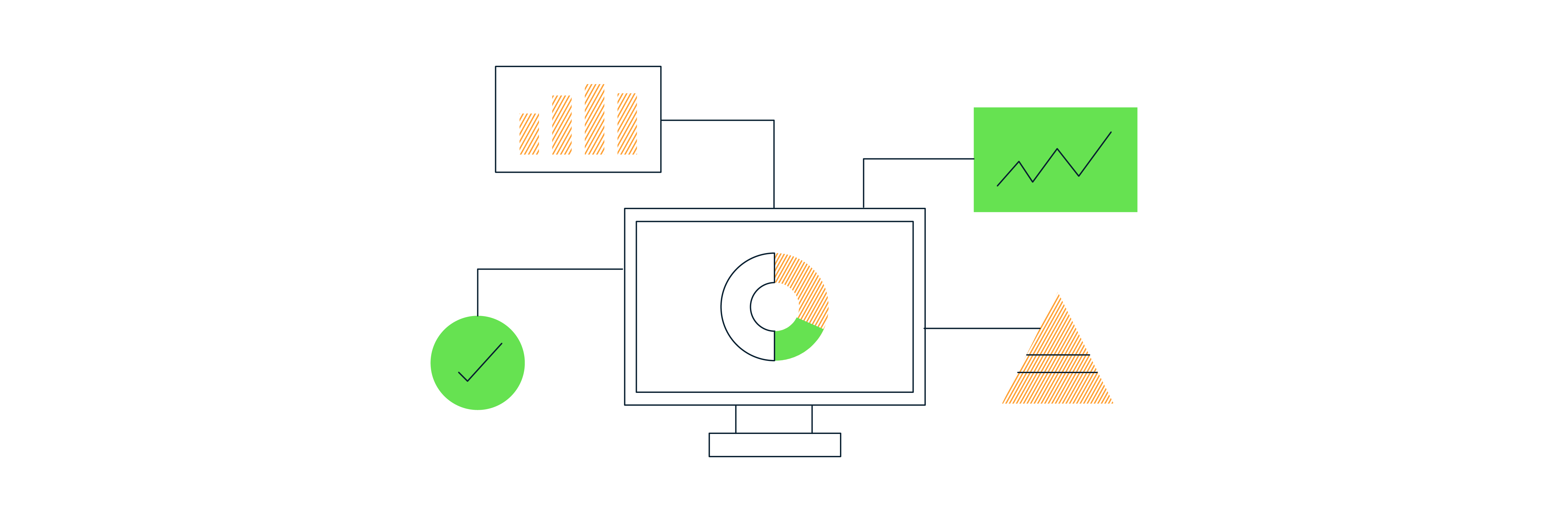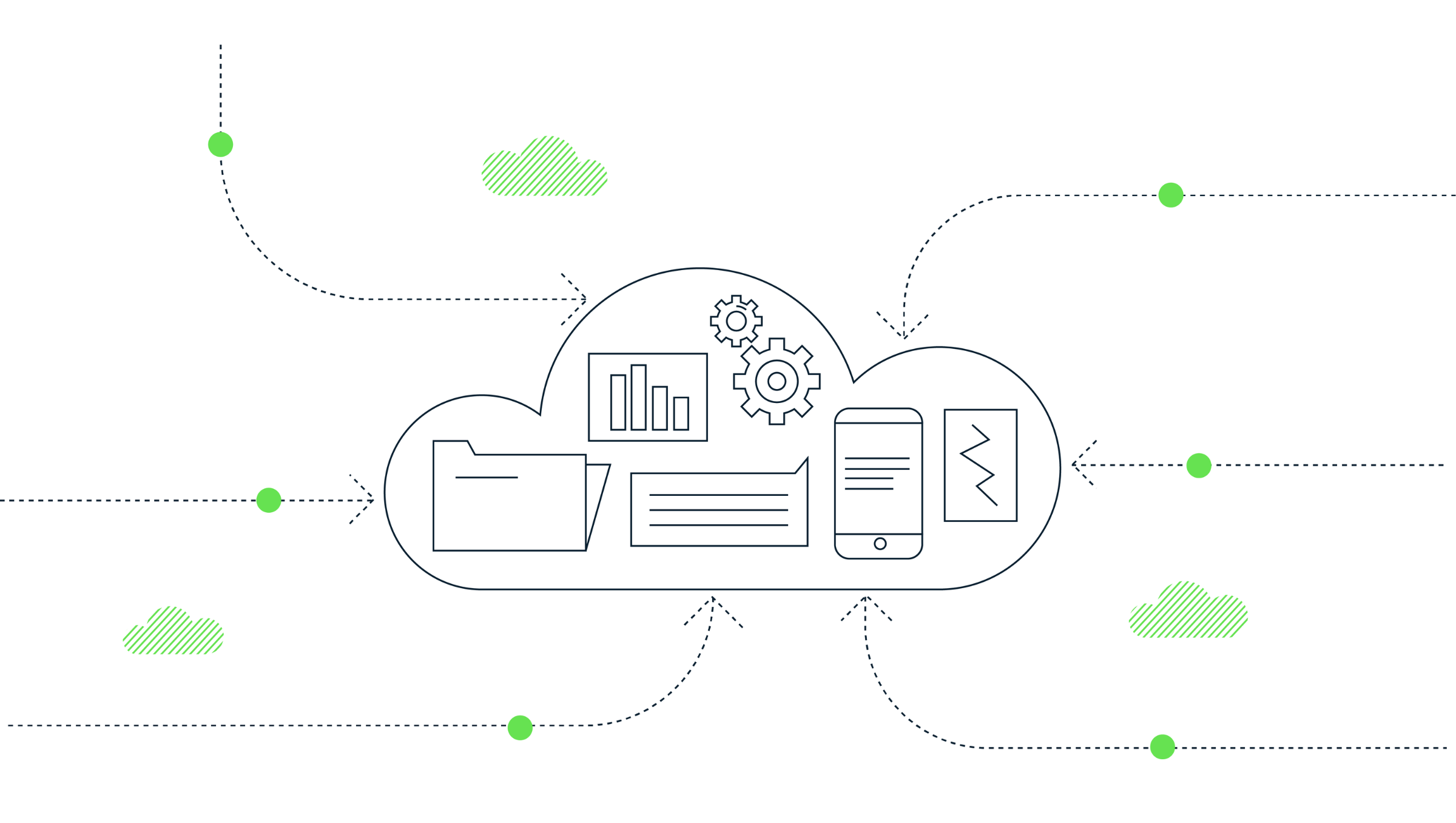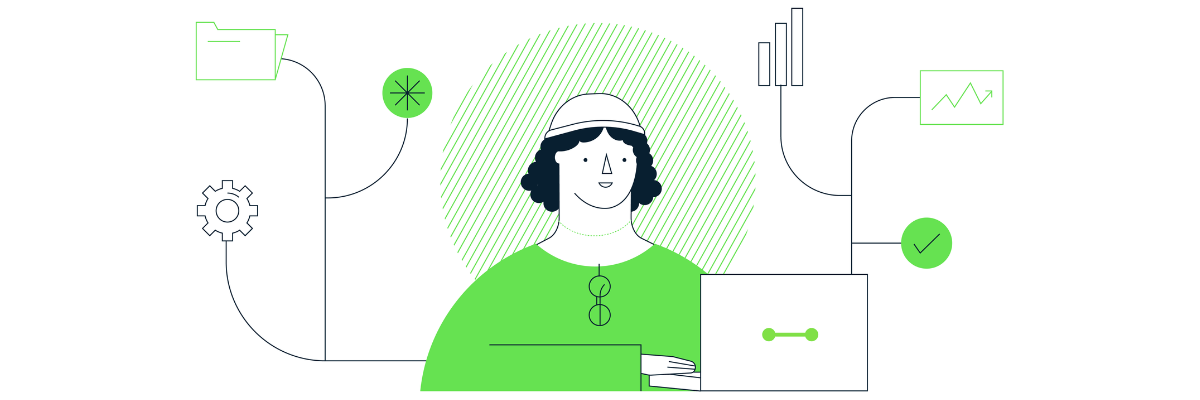5 new GA4 features we want Google to introduce in 2022

Let’s talk Google Analytics 4 and what’s in store this year. There are some features missing from GA4 and it’s preventing some companies with more complex configurations from migrating – what you might call dealbreakers. So, what are the features Google needs to introduce to GA4 in 2022 to reach parity with (or even surpass) Universal Analytics?
The main features we see GA4 needing are:
- Views (or a good enough replacement)
- Session- and product-scoped Custom Dimensions (and Metrics)
- Updates to the Data API (for the rest of the standard dimensions and metrics)
- Enhanced report filtering and sorting (including regex filters)
- Google Optimize integration
1. Views
Within Universal Analytics, you have your account, your property, and your views. Google Analytics 4 doesn’t have customised Views like Universal Analytics, though. While in UA you can create a custom subset of the data that you can then filter, GA4 has a single reporting view at the Property level, and Data Streams that feed into it – it’s all-or-nothing.
There are ways around it. You could achieve the same effect with comparisons or the exploration workspace, but it’s not as intuitive or as convenient, and you’re having to solve problems that never existed within UA. Hopefully, Views will be one of the features that Google introduces as GA4 evolves.
2. Session- and product-scoped Custom Dimensions
Custom Dimensions and Metrics have changed in Google Analytics 4. Session-scoped Custom Dimensions are not available in GA4 and item parameters have replaced product-scoped Custom Dimensions. For many people, the five default “item_category” options are acceptable, but if they want to add an additional item-level custom parameter, this can’t be enabled within the interface as a dimension, which is quite restrictive.
It’s been the biggest gap within GA4’s data structure because there’s a lot of reporting, especially from a marketing analytics perspective, that’s done at the session-level. The interface is the real issue – there are things you probably can’t create on your own unless you’re a SQL analyst. It would be great to see this feature rolled out in 2022.
3. Updates to the Data API
One of the things that prevented people from embracing Google Analytics 4 until now has been the Data API, which is missing some of the functionality of Universal Analytics’ Reporting API. To move from UA to GA4, you’d hope to replace your existing dashboards using the API, which is difficult to do when certain metrics are missing.
For example, ‘exits per page’ is a metric that appears in GA4, but you can’t report on that in Data Studio. The same goes for ‘conversion rate’ and ‘average engagement time’, both of which aren’t yet in the Data API – a problem for people reporting on those KPIs. While the API is lacking some fundamental dimensions and metrics, there are different workarounds, but again, it’s adding additional steps that aren’t required with UA.
4. Enhanced report filtering and sorting
One of our pain points at Measurelab has been the lack of regex (regular expression) availability within the Google Analytics 4 reports workspace. Anyone who’s used Universal Analytics is familiar with the page report where you maybe have thousands of rows of pages and want to look at ones matching a certain regex pattern. Unfortunately, the GA4 filter only uses a ‘contains’ and not an ‘exclude’ – making it difficult to drill into the data.
It may only affect 5% of users, but for that 5%, this is functionality they probably use 95% of the time. And again, there’s a way around it (you can go into the explore workspace), but it’s not a user-friendly interface compared to the ease of UA – not to mention sampling. UA has built different advanced filtering and sorting mechanisms over the years and it’s frustrating to lose this functionality. This is definitely one of the features GA4 needs to be on a par with UA.
5. Google Optimize integration
There is currently no connector for Google Optimize and Google Analytics 4, but this should be released soon. All of the data that Google Optimize uses to measure website performance and do any kind of testing is using Universal Analytics. And there’s no option to do it from GA4 (yet).
It’s one of those instances where GA4 launched, but the surrounding products that rely on Google Analytics weren’t yet ready, which is a major deterrent to the teams working with those other products.
New GA4 features on the horizon?
Ultimately, this is the year where we foresee Google Analytics 4 reaching feature parity and exceeding Universal Analytics. So, if you’re not currently using GA4, now is the time to start parallel tracking.
Of course, when it comes to features and functionality, progress is always a moving needle. We need all of the other platforms to catch up with GA4 and build integrations as well, but there’s a lot to look forward to as the platform evolves.
If you’re interested in the full breakdown of what’s missing from GA4 compared to UA, check out episode 21 of The Measure Pod to hear mine and Dan’s in-depth discussion about all the GA4 features we’d like to see in 2022.
George Mendham
Subscribe to our newsletter:
Further reading

How to extract GA4’s event sequencing in BigQuery using the new batch fields

What is offline event data import in GA4?
